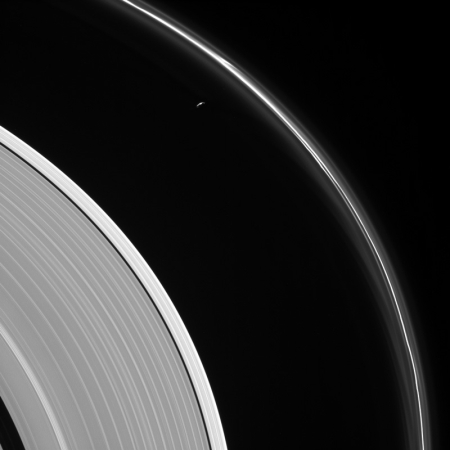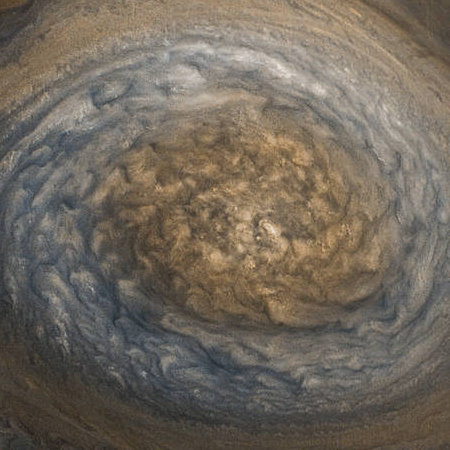Minnesota writing conference cancelled because of too many whites
Bigoted intelligentsia: A Minnesota writing conference was cancelled yesterday because people complained the line-up of speakers did not have enough minorities.
Twenty-two authors were set to speak at the event, but only one had an ethnic background. William Alexander, winner of a National Book Award, is a Cuban-American author. Udesen said the event was canceled in part because of the lack of diversity in the line-up, but also because not enough people were going to attend.
[Britt Udesen, executive director of the event] added that they invited more than 30 people of color to speak at the conference, but none accepted the invitation.
So, now it is unacceptable to even hold an event if minorities are not interested in participated. They must be there, since whites don’t count.
Utter and blatant bigotry. That’s all this is.
Bigoted intelligentsia: A Minnesota writing conference was cancelled yesterday because people complained the line-up of speakers did not have enough minorities.
Twenty-two authors were set to speak at the event, but only one had an ethnic background. William Alexander, winner of a National Book Award, is a Cuban-American author. Udesen said the event was canceled in part because of the lack of diversity in the line-up, but also because not enough people were going to attend.
[Britt Udesen, executive director of the event] added that they invited more than 30 people of color to speak at the conference, but none accepted the invitation.
So, now it is unacceptable to even hold an event if minorities are not interested in participated. They must be there, since whites don’t count.
Utter and blatant bigotry. That’s all this is.



